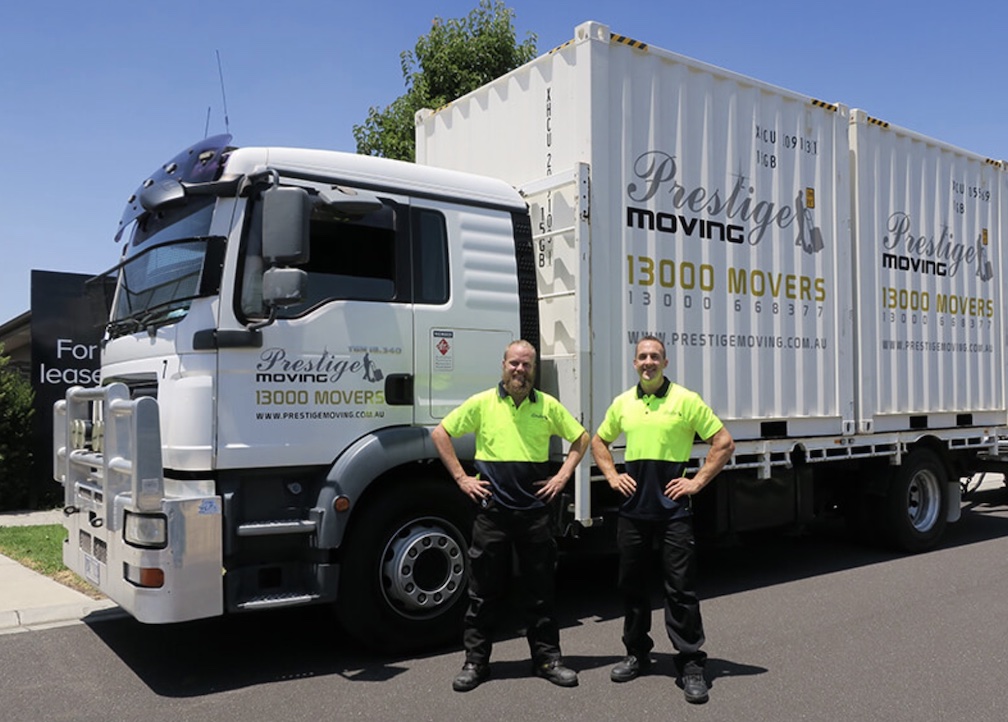How should fragile glass tables and chairs be disassembled?

Have you considered relocating? Is the thought of altering your furniture giving you pause? Yes, it can be a complex undertaking with many variables to consider.
Careful packing and shipment are the most important factors to consider to avoid breakage or damage to delicate glass furniture. This is a difficult task that demands thorough planning and execution.
Packing furniture, particularly glass furniture, necessitates extreme caution. Glass tables and chairs are an easy way to improve the appearance of any home or office.
Decorating a tiny room with environmentally friendly accessories and a glass coffee table, bookcase, or other furniture gives the impression of more space and light. Glass furniture is gorgeous. Still, it is fragile and may be difficult to move if you are unfamiliar. That is why hiring seasoned Melbourne furniture Movee Melbourne is always a good idea.
Given the gravity of the situation, we recognise how critical it is to remove glass furniture with extreme caution. As a result, we have included specific instructions for packaging and transporting glass furniture.
1) The initial effort should be devoted to acquiring suitable equipment.
The first step in preparing to transport glass furniture is to gather the necessary packaging materials.
Transporting glass furniture and other fragile items requires high-quality packaging materials and tape. A complete packaging kit containing all necessary items can help you stay organized and make packing each area effortless.
Glass furniture must be adequately dusted and cleaned before being transferred to retain its beauty and stability. This will protect the surface from scratches and damage caused by dust and dirt. Handling unique glass objects with care is essential to preserving their aesthetic value. As a result, cleaning your glass furniture before packing is a necessary step in the relocation process.
2) Disassemble the furniture
Allow plenty of time before moving to disassemble all of your furnishings. This will make driving easier, prevent damage to your furniture, and make packing your moving vehicle easier. Please remember that this is a time-consuming and laborious undertaking; prepare appropriately.
Let's look at an example of disassembling a piece of glass furniture. Assume you need to relocate a glass table.
Before proceeding, the screws that hold the furniture together must be removed.
You can try removing the table tops and legs once you've removed all the screws.
Put all the fasteners, screws, and other minor bits of the furniture in a sealed plastic bag.
3) Finally, wrap and stuff your furniture.
If you disassembled your furniture correctly, you can add an extra layer of protection by stacking cardboard on top of the moving blanket. Cover the glass with the second half of the corrugated paper.
The open end of the cardboard must be taped shut. For further security, wrap the cardboard in packing tape and place it inside another cardboard box.
Wrapping comes next after you've completed packing. Use bubble wrap to protect fragile goods such as lamps, pottery, and glass table tops.
If you discover that you cannot pack it correctly and meticulously at any point, don't be afraid to hire a house moving company.
4) Moving Furniture Safely
After you've completed packing, you can start loading your furniture. By measuring your furniture, as well as your entrances and hallways, you may determine how to transfer it.
Determine if the door frame and baseboard moldings must be removed to accommodate the furniture. This is the most essential duty at hand.
To summarize, relocation is a difficult task that requires careful planning and attention to detail. For your convenience, we've included a few of them above. Packing and relocating will be a breeze if you remember this. However, if you require expert moving assistance, please get in touch with our Connect Market Sydney.

























